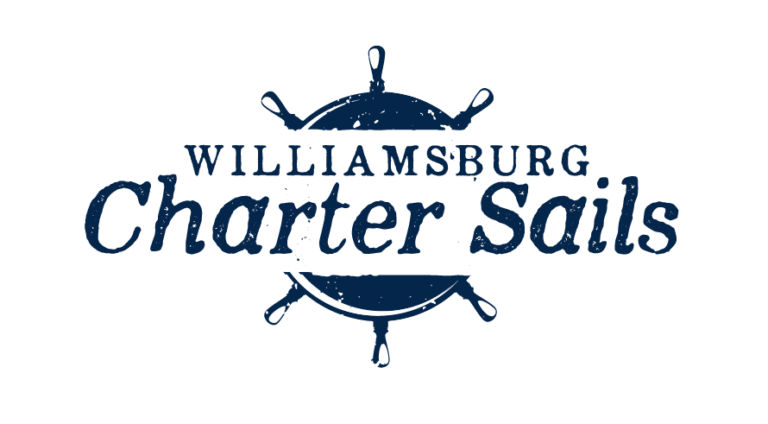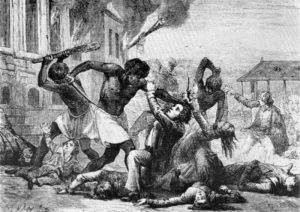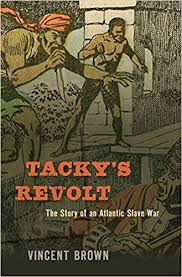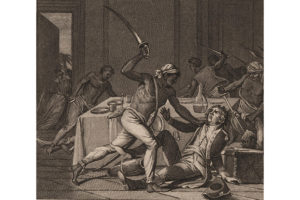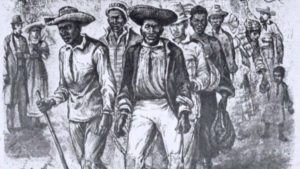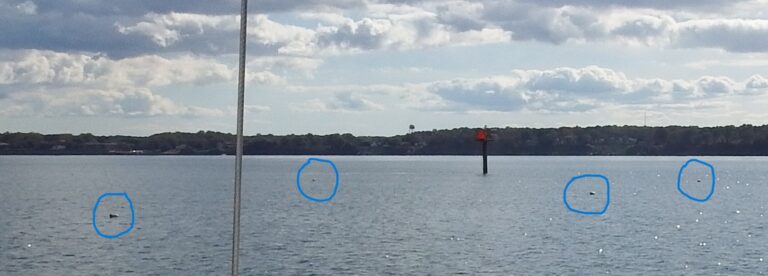Let’s Go Read About Tacky’s Revolt
Scroll down Rates and pick a day for a sailboat charter. Scroll down Reviews on Trip Advisor. Go back to the Home Page of Williamsburg Charter Sails.
read about tacky’s revolt read about tacky’s revolt
